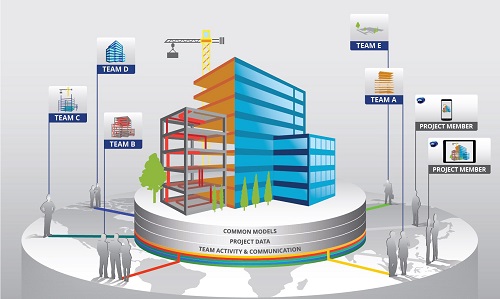 Saturday, April 20, 2024
Saturday, April 20, 2024  Saturday, April 20, 2024
Saturday, April 20, 2024 
Romulo Simionatto, information manager at BIM.Technologies, says that while BIM is becoming embedded on the design side, there’s still work to do on post-handover.
“It’s all about the data…” This 21st century mantra has made its way from tech and ICT to the AEC industry. There is an increasing buzz in the air about harnessing the power of data to boost all areas of the sector.
To be honest, this is nothing new as the vision for Digitally Built Britain has been around for quite a while. However, it seems that only now clients and end users are starting to comprehend (and request) that their building be delivered with an accurate digital counterpart. Arguably, this is a big step to shift the focus from efficient construction to efficient operation as the ultimate goal.
You may be asking, isn’t fast, cost efficient and risk-free construction the whole point of it all? I would definitely say it is a major goal, but neglects the bigger picture. I’ll explain my view below.
Pioneering architects and engineers are already doing an amazing job in applying digital tools and complex data structures for design. Complex iterations between numerous parameters enabling a wide range of logic driven solutions through generative design, soon to be further enhanced through the application of machine learning and other branches of artificial intelligence.
These processes are breaking away from their confinement within the offices of data scientists and software developers and are pushing to reach the design team’s office faster than we first thought possible.
On the construction delivery side, innovative contractors have fully mastered the time and cost dimensions of BIM. Digital tools now allow construction teams to effectively simulate buildability, establish multiple routes for procurement and programme according to the project while also identifying and simulating key risk scenarios.
All looking good for design and construction, but on the post-handover side there still seems to be a lot of catch-up to do. The industry innovators are continuously proving they have achieved digital mastery over design and construction, but that’s only about 10% or less of the building’s whole lifecycle (and cost). I am not demeaning the focus on delivering construction, but see it is a natural step that builds up to something greater.